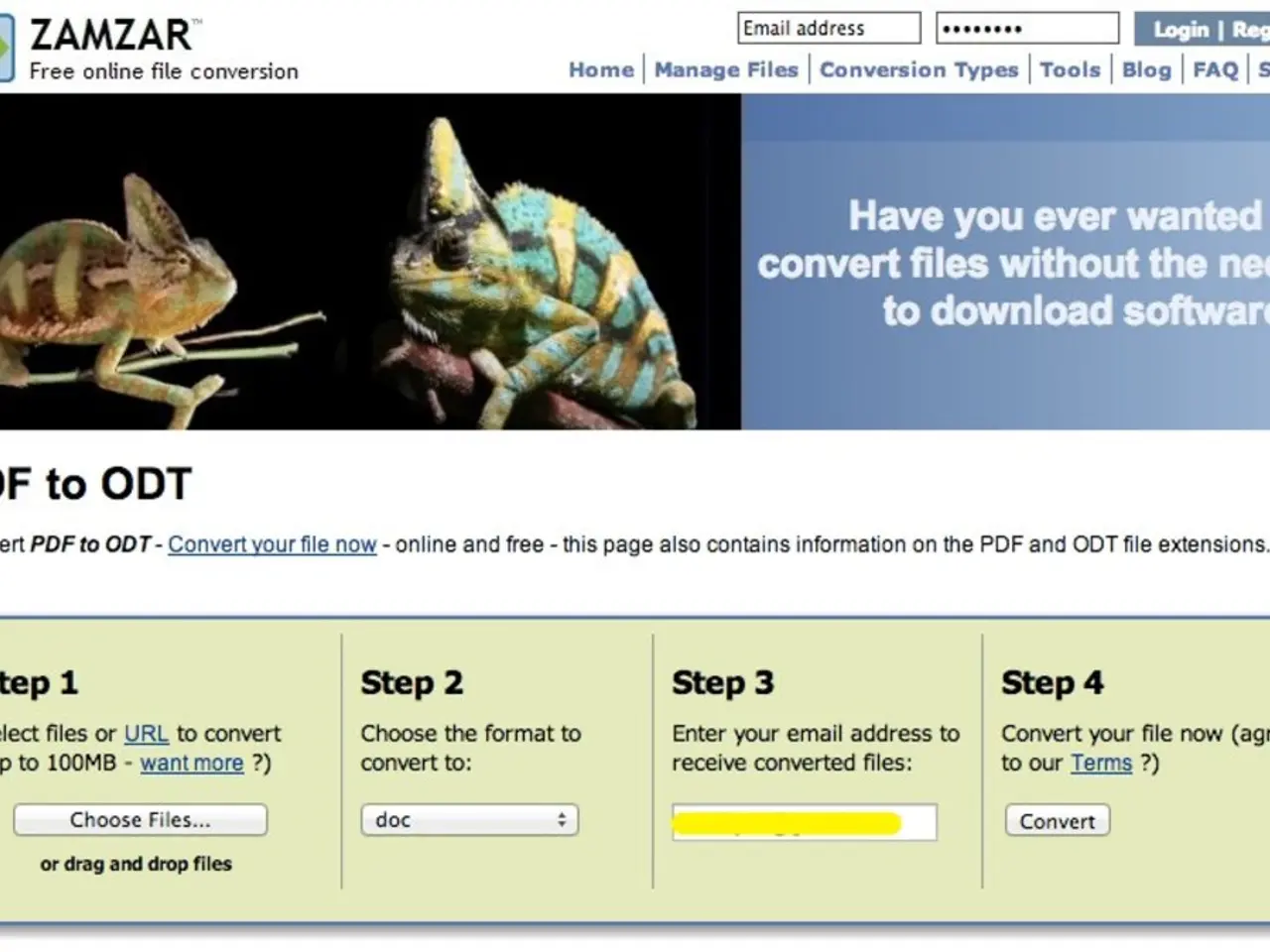Marketing and Strategy Models and Ideas Above the Age Thirty
In the dynamic world of business, understanding various analytical tools is essential for making informed decisions and staying competitive. Here, we delve into five fundamental frameworks that play a significant role in business analysis: the BCG Matrix, Ansoff Matrix, GE-McKinsey Matrix, Porter's Five Forces, and Porter's Value Chain.
BCG Matrix
The BCG Matrix, developed by Bruce Henderson of Boston Consulting Group, focuses on market growth rate and relative market share. This tool is primarily used for portfolio management of business units or products, classifying them into Stars, Cash Cows, Question Marks, and Dogs. This classification helps prioritize investments and resource allocation.
Ansoff Matrix
The Ansoff Matrix, created by Igor Ansoff, is a growth strategy tool that considers market penetration, product development, market development, and diversification. It helps choose growth strategy by analyzing new vs. existing products/markets, focusing on expansion and market entry strategies.
GE-McKinsey Matrix
The GE-McKinsey Matrix, developed by General Electric and McKinsey & Company, uses a 9-cell grid to evaluate industry attractiveness and business unit strength. This tool offers nuanced, customizable evaluation of business units beyond market share and growth, supporting complex strategic choices.
Porter's Five Forces
Michael Porter's Porter's Five Forces model identifies five forces that influence players within an industry: supplier power, buyer power, competitive rivalry, threat of substitution, and threat of new entry. This model provides an external industry-level competitive analysis, helping firms understand the broader competitive environment and forces that influence profitability.
Porter's Value Chain
Porter's Value Chain is an internal operational analysis tool that identifies primary and support activities within the firm, such as inbound logistics, operations, marketing, and service. This analysis helps firms identify internal activities generating competitive advantage and cost/differentiation drivers within a company.
These tools often complement each other. For example, a company might use Porter’s Five Forces to assess industry attractiveness, then apply GE-McKinsey to evaluate its business unit strength within that industry, and use the Ansoff Matrix to plan growth strategies. Meanwhile, the Value Chain analysis helps improve internal operations to support chosen strategies.
In summary, these frameworks differ in their focus areas, application scopes, and strategic purposes. The BCG and GE-McKinsey matrices are primarily used for portfolio analysis and resource allocation, while the Ansoff Matrix guides growth strategy formulation. Porter’s Five Forces provides an external industry-level competitive analysis, and Porter’s Value Chain conducts an internal operational analysis. Understanding these tools can empower businesses to make informed decisions, plan effective strategies, and stay competitive in their respective industries.
[1] Johnson, G., Scholes, K., & Whittington, R. (2008). Exploring Corporate Strategy (7th ed.). Pearson Education. [2] Porter, M. E. (1980). Competitive Strategy: Techniques for Analyzing Industries and Competitors. Free Press. [3] Porter, M. E. (1985). Competitive Advantage: Creating and Sustaining Superior Performance. Free Press. [4] Porter, M. E. (2008). On Competition. Free Press. [5] Porter, M. E. (2018). The Essential Porter: Essays, Articles, and Speeches on Strategy and Competition. Harvard Business Review Press.
- To maintain a competitive edge in the business world, it's crucial for companies to invest wisely in their business units, and the BCG Matrix offers a tool for portfolio management, classifying units into Stars, Cash Cows, Question Marks, and Dogs for priority investment and resource allocation.
- In order to decide on a growth strategy, a business can utilize the Ansoff Matrix, which considers market penetration, product development, market development, and diversification, making it easier to choose expansion or entry strategies in new or existing markets.




